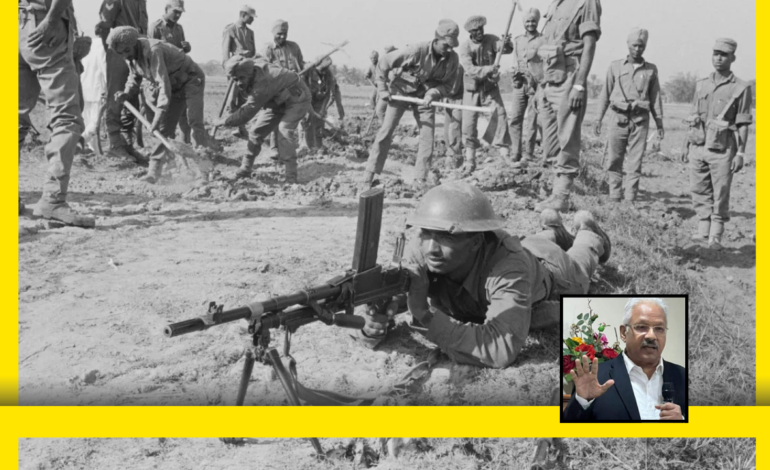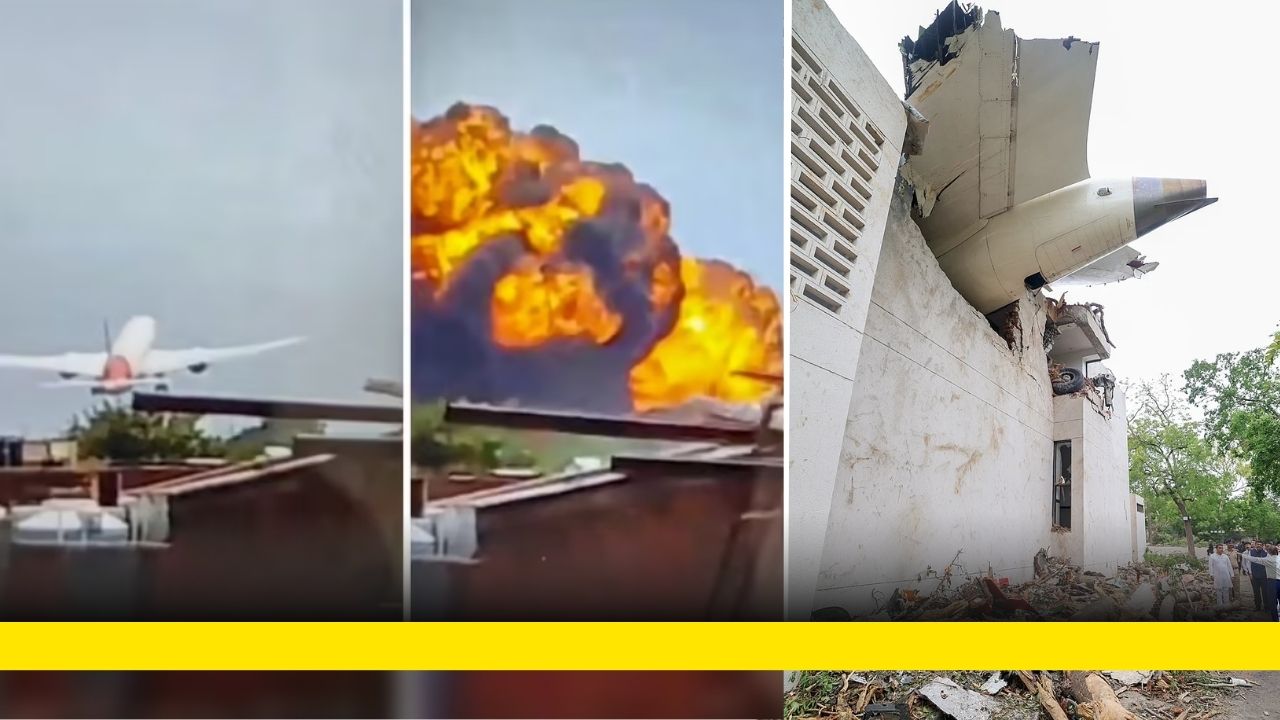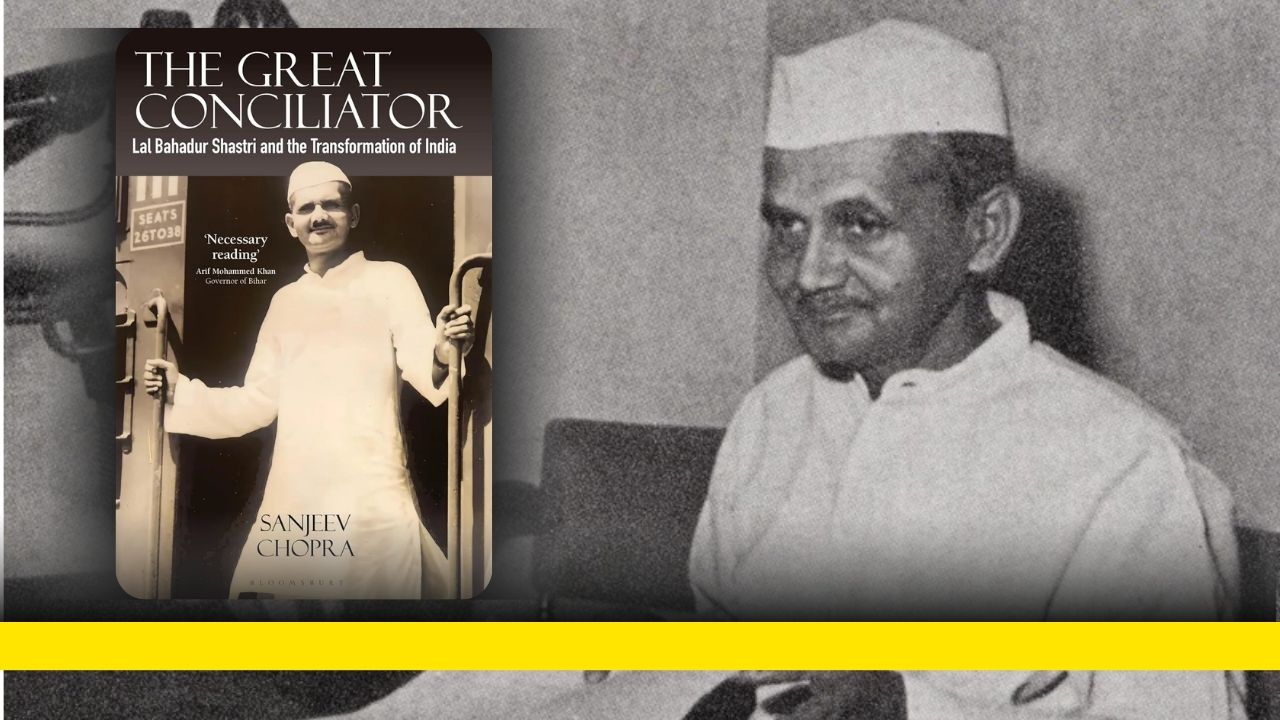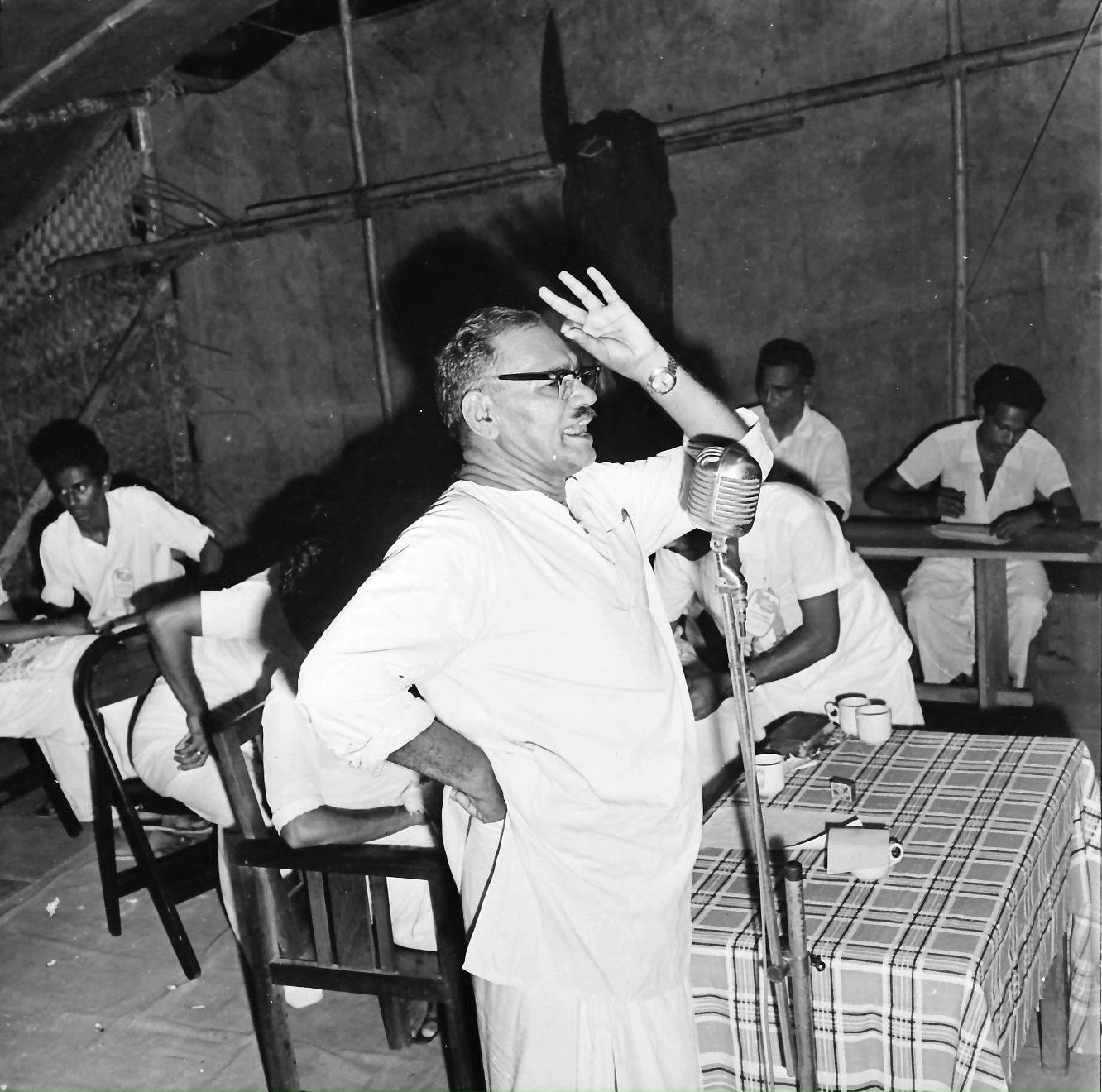Military Strengths of India and Pakistan: Comparative Analysis By ‘Global Fire Power’
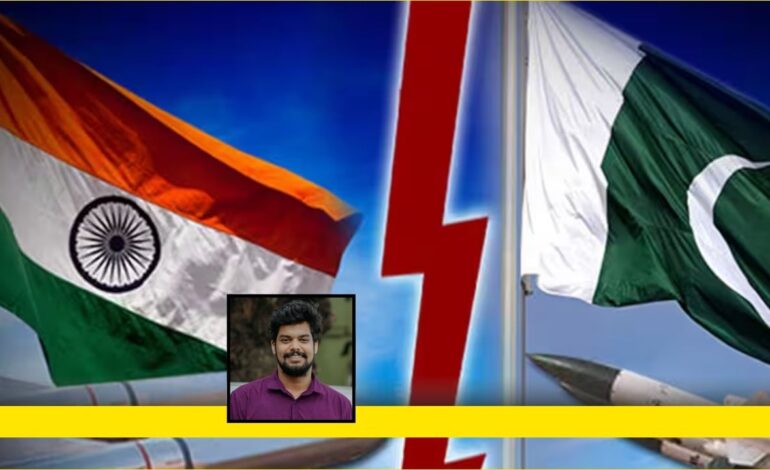
As the military conflict between India and Pakistan escalates on diverse fronts and in different regions across the border, affecting significant geographical areas in the Indian States of Jammu and Kashmir, Punjab and Rajasthan, The AIDEM draws from the data of “Global Fire Power”, (GFP), the renowned online resource that provides analytical display of data concerning the military capabilities of 145 modern military powers.
While comparing the two countries GFP points out, at the outset, that the two South Asian neighbours have a long history of geopolitical tensions and conflicts. While both nations have developed formidable military capabilities over the years, their defense strategies, resource allocation, and overall military strength vary significantly.
The AIDEM draws from the GFP data with a specific focus on manpower, equipment and financial resources analysing how these factors manifest in terms of Army, Airforce and Navy.
Defense Budget: A Tale of Disparity
The defense budgets of India and Pakistan are a clear reflection of their respective economic capabilities, strategic priorities, and geopolitical challenges. India, with a defense budget of $72.9 billion, significantly outspends Pakistan’s $10.3 billion. This vast difference in expenditure—India’s being nearly seven times larger—provides India with the financial muscle to undertake large-scale investments in advanced weaponry, research and development (R&D), and modernization programs for its armed forces. India’s budget allocation allows it to procure state-of-the-art technology, such as Rafale fighter jets, advanced missile systems, and indigenous military projects like the INS Vikrant aircraft carrier and the Agni missile series.
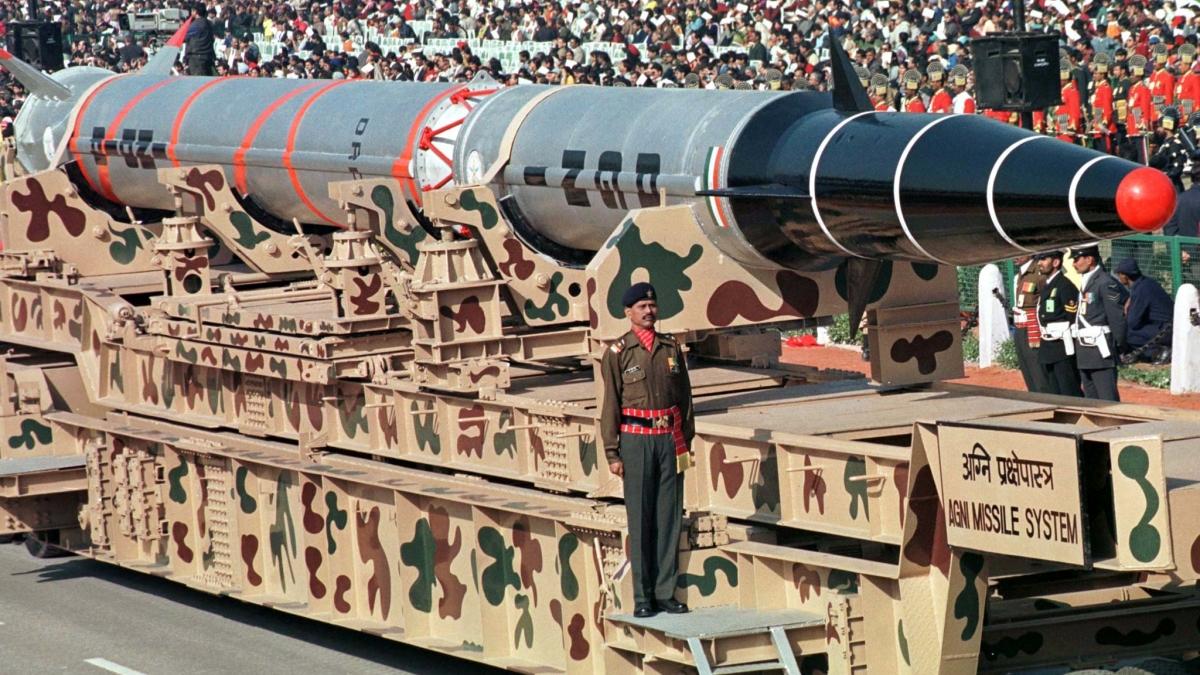
On the other hand, Pakistan’s defense spending, while considerably smaller in absolute terms, reflects its strategic emphasis on maintaining a balance with its much larger neighbor. Despite its smaller economy, Pakistan allocates a substantial portion of its GDP—estimated to be around 3-4% annually—to defense. This is higher than India’s defense-to-GDP ratio, highlighting Pakistan’s focus on maintaining a credible deterrence posture. Pakistan prioritizes quality over quantity by focusing on specific areas like nuclear capability, ballistic missile technology, and cost-effective platforms such as the JF-17 Thunder, a multirole fighter jointly developed with China. Additionally, Pakistan has been known to rely on strategic partnerships with countries like China and Turkey to bridge its technological and budgetary gaps through military aid, joint ventures, and concessional financing.
Manpower: India’s Numerical Edge
GFP points out that manpower is one of the most critical components of any military, and India holds a significant advantage over Pakistan in this regard due to its larger population. With a total population of over 1.4 billion, India has approximately 653 million individuals available for military service and 1.45 million active military personnel. In comparison, Pakistan, with a total population of around 240 million, has 107 million individuals available for military service and 654,000 active military personnel.
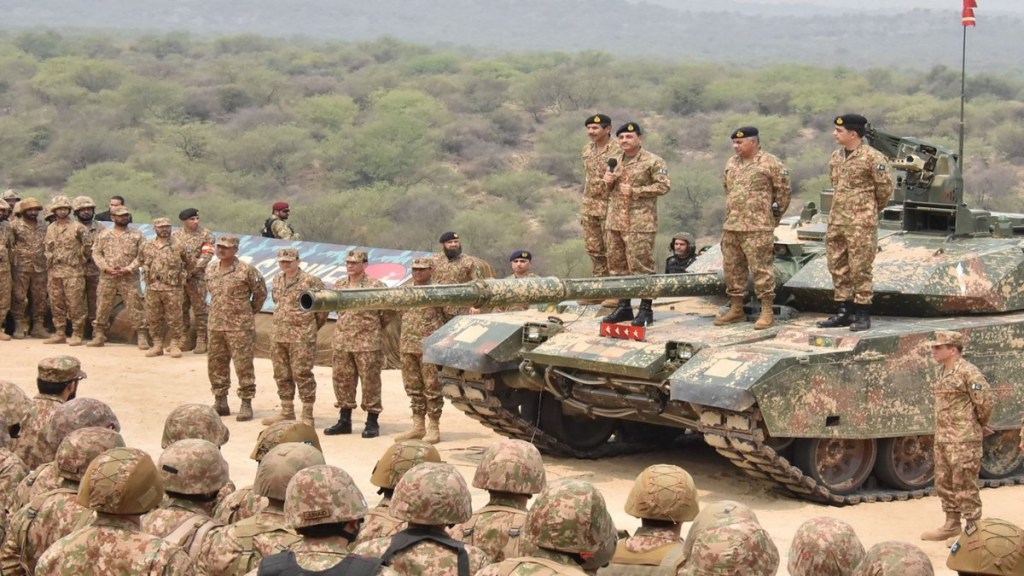
This numerical edge provides India with a substantial advantage in terms of sustaining prolonged conflicts and maintaining a robust reserve force. India’s larger population translates into a significantly higher number of individuals available for military service. This numerical advantage strengthens India’s ability to sustain prolonged conflicts and maintain a strong reserve force.
Airpower: Dominance in the Skies
Air superiority is often a decisive factor in modern warfare. India’s air force is one of the largest in the world, and it significantly outnumbers Pakistan in terms of aircraft. India’s diverse fleet, including advanced platforms like the Rafale and Sukhoi Su-30MKI, gives it a technological edge over Pakistan, which relies on a mix of American F-16s and domestically produced JF-17s.

| India | Pakistan | |
| Total Aircraft | 2210 | 1387 |
| Fighter Jets | 564 | 357 |
| Attack Aircraft | 130 | 90 |
Land Forces: Tanks, Artillery, and Armored Vehicles
The strength of land forces often plays a pivotal role in regional conflicts. India’s advantage in armoured vehicles and artillery is substantial, providing it with a superior capability for both offensive and defensive operations.
| India | Pakistan | |
| Tanks | 4,614 | 2680 |
| Armoured Vehicles: | 13,000 | 9000 |
| Towed Artillery | 3,311 | 1226 |
General Upendra Dwivedi, #COAS visited forward posts on the Line of Control in North Kashmir to evaluate the security situation and operational readiness. #COAS interacted with the troops and commended them for their exceptional dedication and resilience in the face of… pic.twitter.com/AEeJPMwImc
— ADG PI – INDIAN ARMY (@adgpi) April 8, 2025
Naval Power: Securing the Waters
Naval power is crucial for nations with access to vital waterways. India’s coastline expanded by almost half in just over five decades – from 7,516km in 1970 to 11,098km in 2023-24 – with states like Bengal, Gujarat and Goa adding significantly to their shoreline. The long and vast coastline makes India vulnerable to threats from the sea.
| India | Pakistan | |
| Total Naval Assets | 295 | 114 |
| Aircraft Carriers | 2 | 0 |
| Submarines | 17 | 9 |

India’s maritime defense received a significant boost with the commissioning of INS Vikrant, the country’s first indigenously designed and built aircraft carrier. Named after the original INS Vikrant, which played a pivotal role during the 1971 Indo-Pak war, the new Vikrant is a testament to India’s growing self-reliance in defense manufacturing. INS Vikrant is a 40,000-tonne class vessel, The carrier boasts advanced radar systems, a modern combat management system, and a state-of-the-art flight deck capable of accommodating 30 aircraft, including MiG-29K fighter jets, Kamov-31 helicopters, and indigenous Advanced Light Helicopters (ALHs).
India’s blue-water navy, featuring aircraft carriers and nuclear-powered submarines, gives it the ability to project power far beyond its shores, while Pakistan’s naval forces are more regionally focused.
Nuclear Capabilities: A Deterrent Factor
Both India and Pakistan are nuclear-armed states, with arsenals capable of significant destruction. While exact numbers are classified, estimates suggest that both nations possess between 100 and 150 nuclear warheads each. However, their nuclear doctrines differ, with India adopting a “no first use” policy and Pakistan maintaining an “asymmetrical escalation” stance.
So, in the final analysis, India and Pakistan continue to evolve their military capabilities, with both nations prioritising defense spending and modernization. India’s larger economy and population grant it a numerical and financial advantage, enabling a more extensive military buildup. However, Pakistan’s focus on strategic partnerships, asymmetric warfare, and nuclear deterrence balances the scales to some extent.
While military strength is an essential factor in the complex relationship between these two countries, it has been repeatedly pointed out in bilateral as well as international forums that diplomacy and mutual cooperation are crucial to ensuring peace and stability in the region. However, as things stand now what looms large is the spectre of a full scale war.
The data in this article is based on information available on Global Firepower as on 09/05/2025. Military capabilities are subject to change due to evolving defense strategies, technological advancements, and geopolitical developments.


